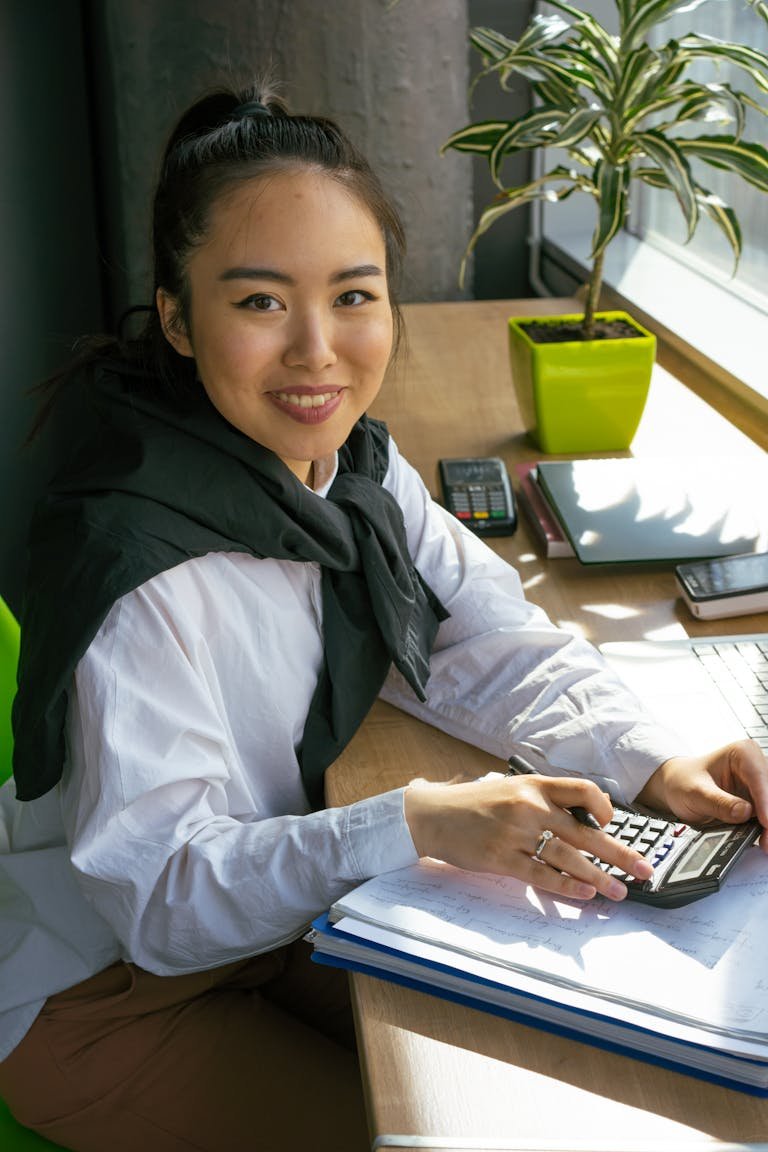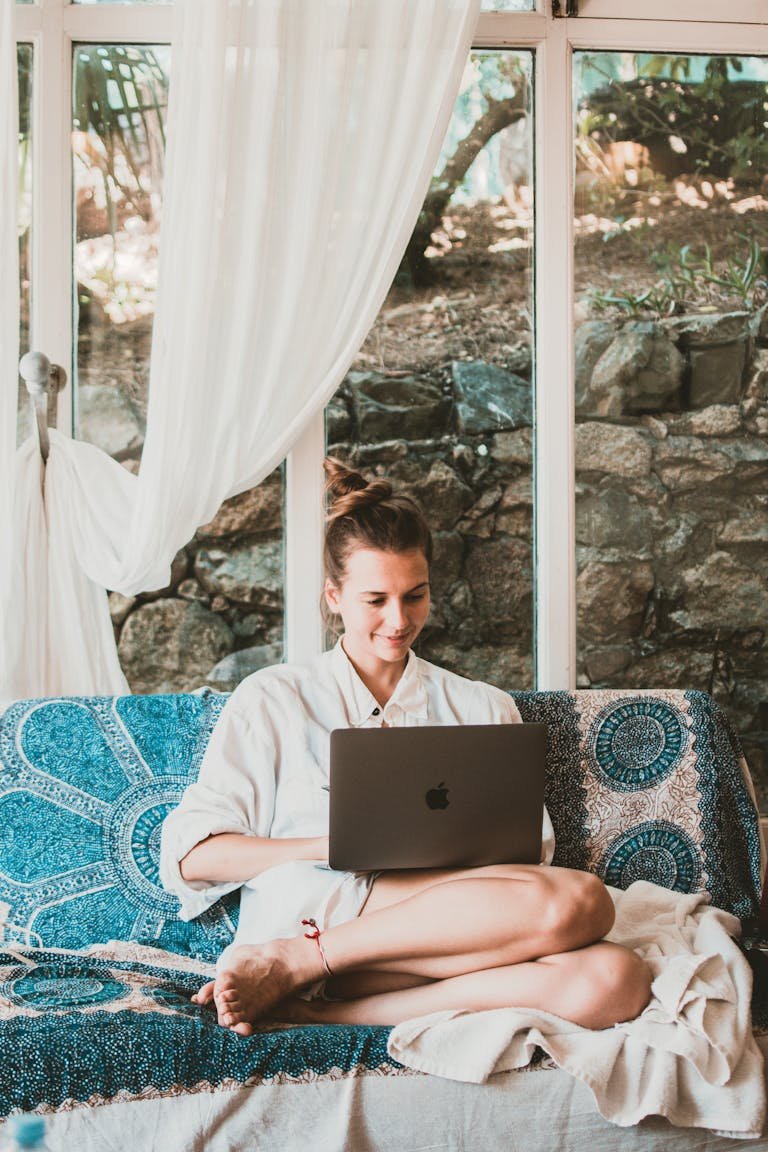How to Start Budgeting When You’re Overwhelmed and Avoiding Your Bank App

If the sight of your bank app icon gives you anxiety… you’re not alone.
And if you’ve been ghosting your finances because looking feels like failure? I see you.
This post is your gentle, no-shame invitation back to your money—and yourself.
Let’s Be Honest: Budgeting Has a PR Problem
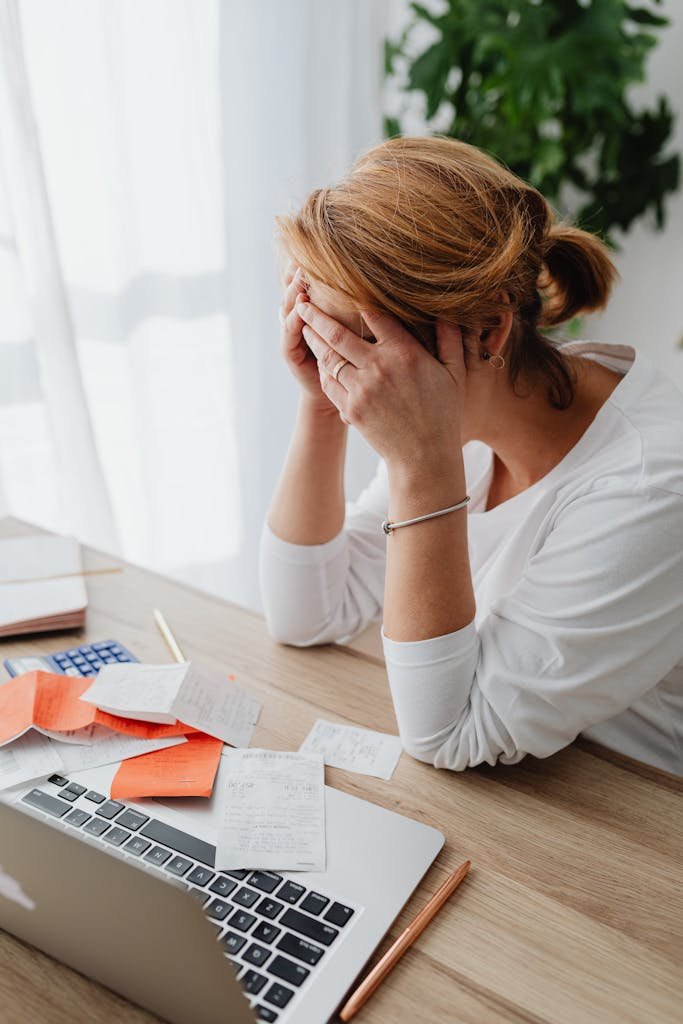
For most of us, budgeting sounds like deprivation with a spreadsheet. It feels cold, rigid, and riddled with judgment—especially if you’ve made some money mistakes (or, you know, you’re human).
But here’s the truth that changed everything for me:
Budgeting isn’t about restriction. It’s about direction.
It’s not about “no”—it’s about yes, but with intention.
And if your finances have felt like a dumpster fire you don’t want to look at? You don’t need a lecture.
You need a soft start.
Step 1: Stop Calling It a Budget

I know, that sounds dramatic. But hear me out.
Words carry energy. And if the word “budget” makes your nervous system go into fight-or-flight, call it something else. Here are a few soul-friendly swaps:
- Spending Plan – because you’re in charge now
- Peace Plan – because money should feel safe
- Freedom Map – because this is leading you out of burnout
Pick one that feels good. Or make up your own. What matters is that it feels empowering—not punishing.
Step 2: Take Inventory With Zero Judgment

No diving into your bank app yet. Instead, do a quick mental walkthrough:
- What are your must-haves each month? (Rent, groceries, meds)
- What subscriptions are on autopilot? (Streaming, apps, maybe that thing you forgot to cancel)
- What are your regular “oops, I was stressed” purchases? (Hello, Target runs and DoorDash)
You’re not writing a thesis here. You’re just getting curious—not critical.
Think of it like checking the weather before you pack—not a report card on your worth.
Step 3: Log Into the Bank App (with a Routine)
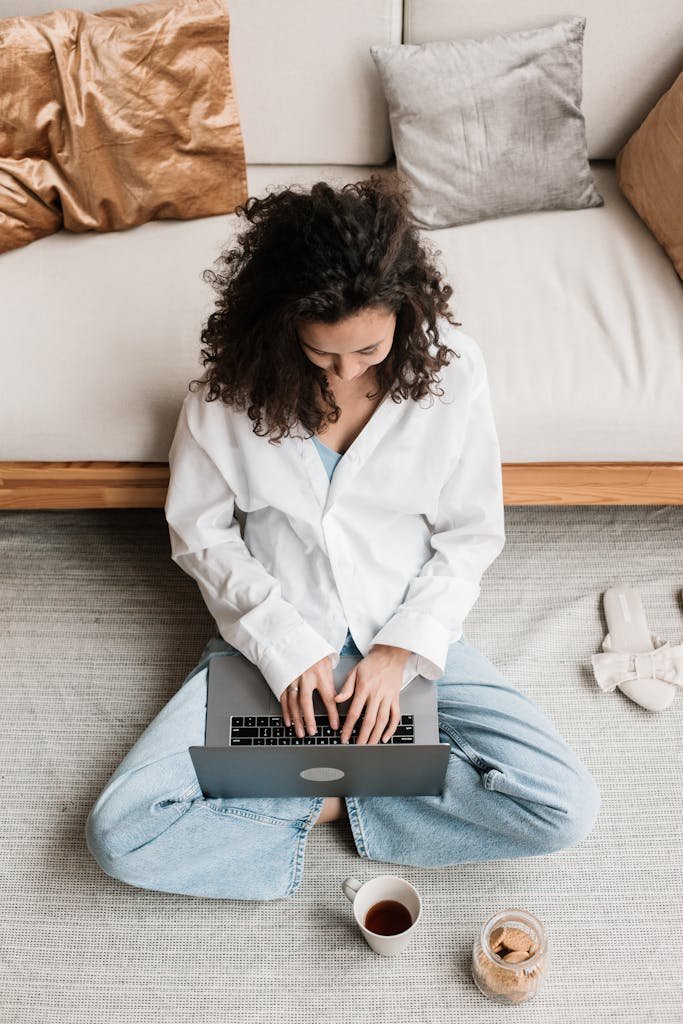
Yes, this is the moment. You can do it.
But let’s set the scene:
- Grab a cozy drink.
- Light a candle.
- Play a calming playlist (seriously, “Lo-fi Chillhop” is practically financial aromatherapy).
- Take three deep breaths.
Now open the app. Just look. Don’t judge. Don’t fix. This is a data collection mission, not a scolding.
Step 4: Find Your “Bare Minimum” Number
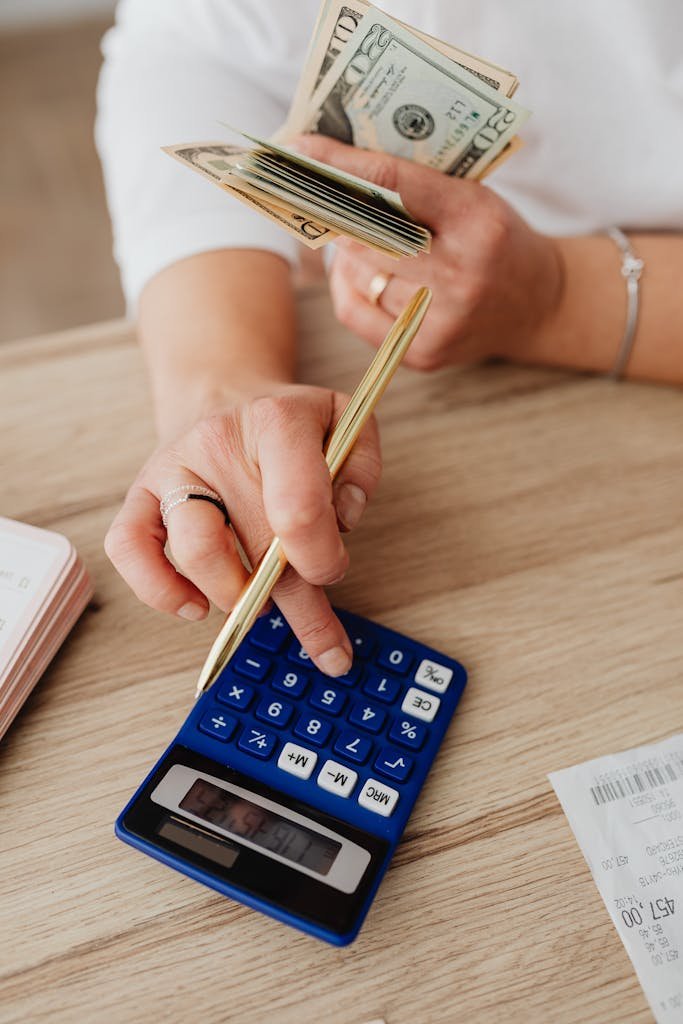
Here’s where things start to feel empowering.
Ask:
👉 What’s the absolute bare minimum I need to live each month—no fluff, no extras?
This includes housing, food, medicine, transportation, and one small joy (because joy is not optional).
Write that number down. That’s your “peace baseline.”
Everything above it can be adjusted, negotiated, or reallocated later.
Step 5: Choose One Tiny Habit to Start With
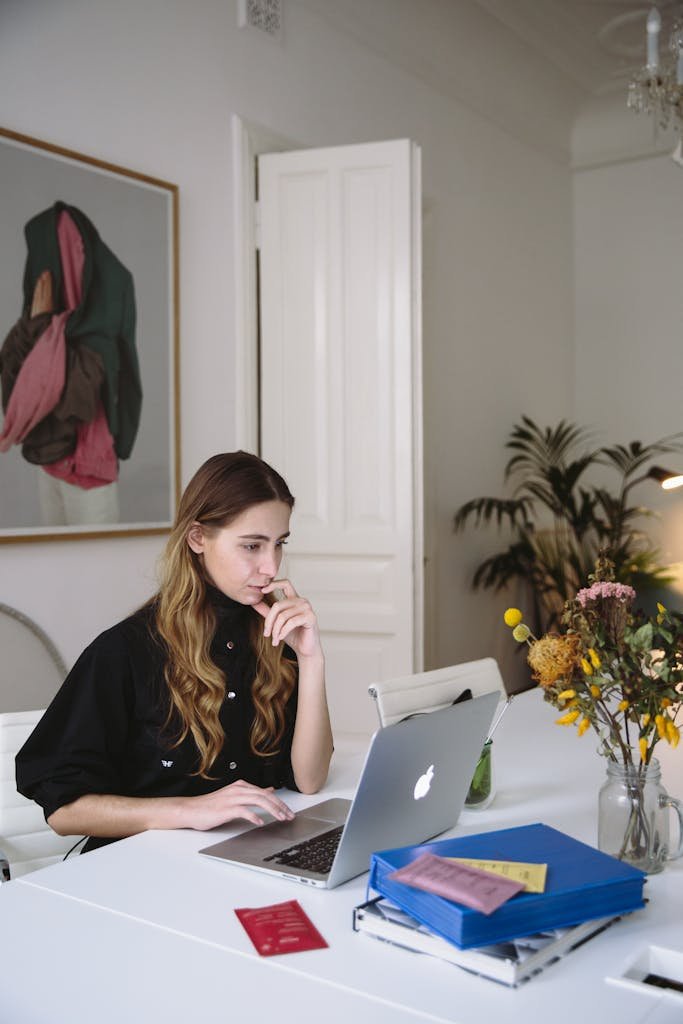
Overhauling your entire money system in one weekend? That’s a recipe for burnout and binge-spending next month.
Instead, pick one of the following to try this week:
- Move your payday deposit into two checking accounts: one for bills, one for daily spending.
- Track every dollar you spend for three days—no judgment, just awareness.
- Use cash or a prepaid card for eating out and fun money only.
Micro-habits lead to major shifts. The goal isn’t perfection—it’s momentum.
Step 6: Build a Spending Plan That Feels Like You
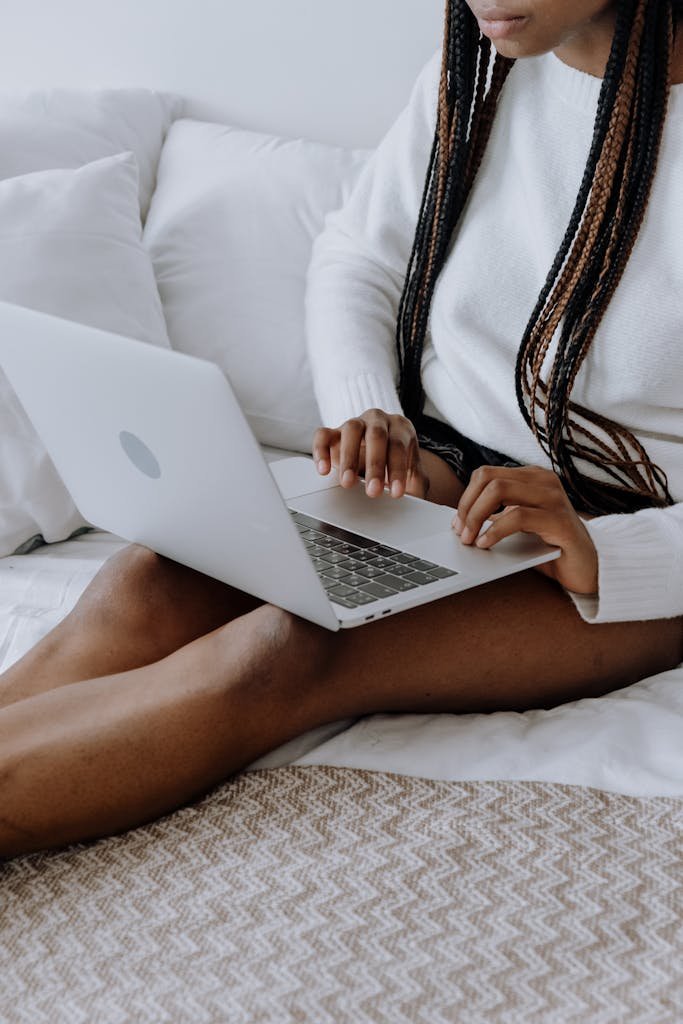
Once you’re no longer avoiding your money, you can start organizing it in a way that reflects your actual life—not a Pinterest fantasy.
Here’s how I recommend starting:
| Category | Ideal % of Take-Home Pay |
|---|---|
| Essentials (Rent, Food, Bills) | 50–60% |
| Financial Goals (Saving, Investing, Debt Payoff) | 20–25% |
| Joy + Lifestyle | 15–25% |
💡 Pro Tip: If your real life doesn’t fit these percentages? Don’t panic. Adjust the plan—not your worth.
Give Yourself Grace. This Is a Reclamation.

Starting to budget when you’re overwhelmed isn’t just about math.
It’s about healing, clarity, and claiming a future that feels calm.
You don’t need to be perfect. You just need to be present.
And every time you show up for your money, you show up for the woman you’re becoming.
You’re not behind. You’re just beginning—with power, not panic.
Let’s make this your money era.
Here’s to making peace with your money, one calm step at a time.
Diana Latrice



